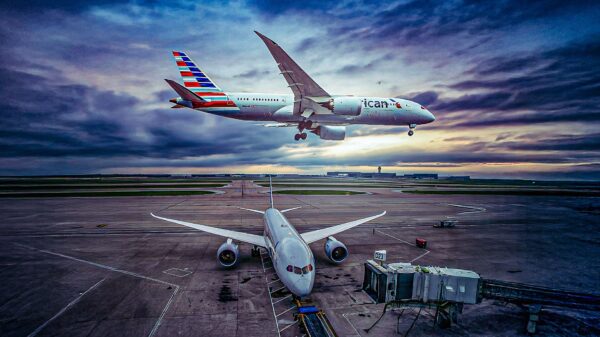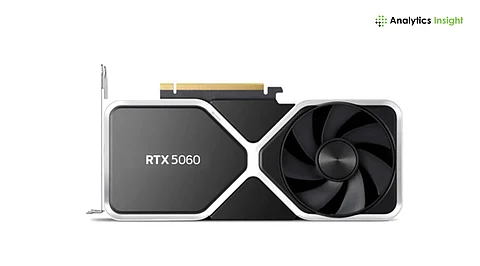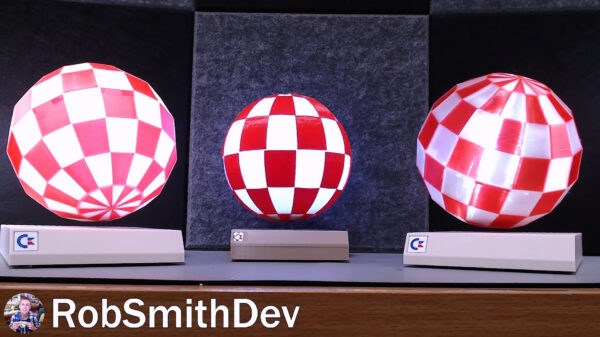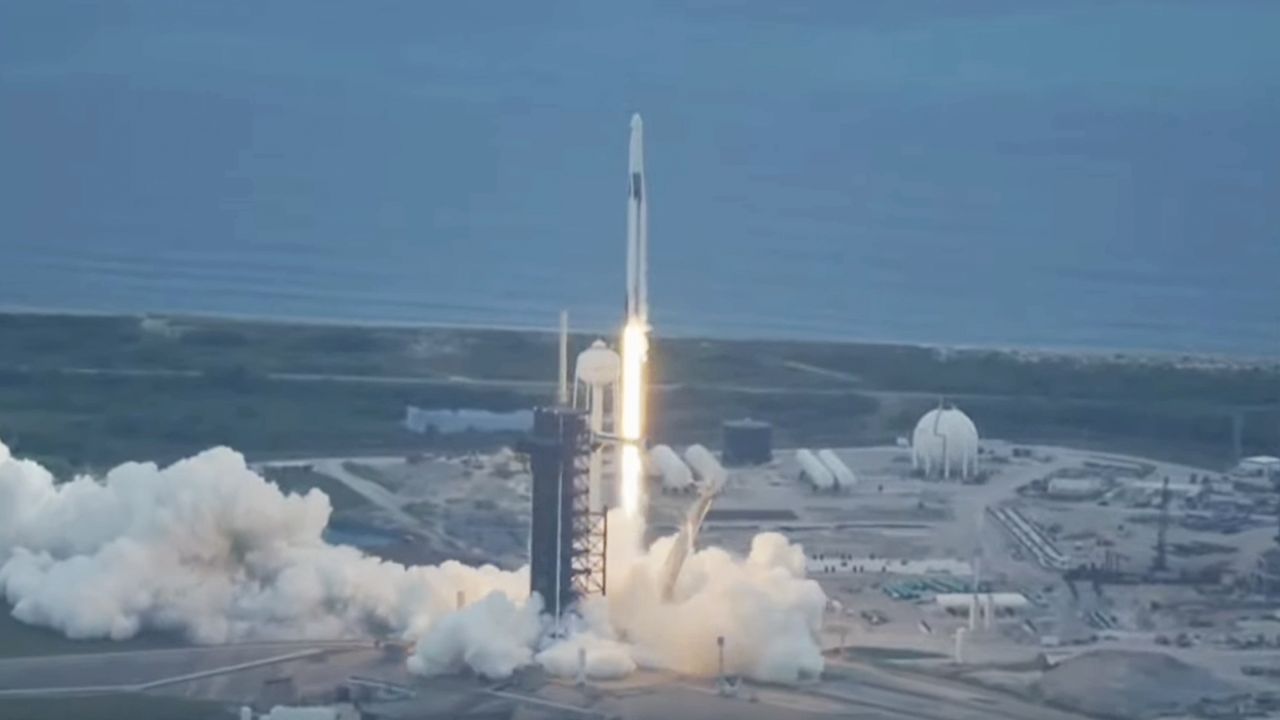SpaceX successfully launched its eleventh operational astronaut mission for NASA on August 1, 2025, sending four Crew-11 astronauts toward the International Space Station (ISS). A Falcon 9 rocket lifted off from Launch Complex 39A at NASA’s Kennedy Space Center in Florida at 11:43 a.m. EDT (1543 GMT). The mission marks the sixth flight of the Crew Dragon spacecraft, named Endeavour, which has set a reuse record for the program.
The launch was initially scheduled for July 31, but was delayed due to weather conditions, specifically intruding clouds that forced a last-minute scrub of the attempt. Just under eight minutes after launch, the Falcon 9 booster successfully landed at SpaceX’s Landing Zone 1 (LZ-1) at Cape Canaveral Space Force Station, generating a sonic boom that resonated for miles. This successful recovery marks the final landing at LZ-1, which will be retired following a lease agreement with two private companies.
Meet the Crew-11 Astronauts
The Crew-11 team includes NASA astronauts Zena Cardman and Mike Fincke, Kimiya Yui from the Japan Aerospace Exploration Agency (JAXA), and Oleg Platonov from Russia’s space agency Roscosmos. Cardman is making her first journey to space, having originally been slated for the Crew-9 mission before a reshuffle in crew assignments. Fincke, serving as the pilot, is returning for his fourth spaceflight, having completed three missions aboard the Space Shuttle.
“I remember how moving and breathtaking it was for me, and I want to share their joy in that,” Fincke stated, reflecting on the significance of the mission for his less-experienced crewmates. Yui previously spent 142 days aboard the ISS during Expedition 44/45 in 2015, while Platonov is making his inaugural spaceflight.
Once the Crew Dragon docks with the ISS, the astronauts will begin the process of relieving the Crew-10 team, who have been on the station since March 2025. The docking is scheduled for 3 a.m. ET (0700 GMT) on August 2. NASA implements overlapping astronaut missions to ensure a continuous presence on the station, allowing for a smooth transition of responsibilities and scientific operations.
Scientific Missions Ahead
During their approximately six-month stay aboard the ISS, the Crew-11 astronauts will conduct a variety of scientific experiments. These include simulating lunar landings near the moon’s south pole, investigating methods to protect astronauts’ eyesight from microgravity’s effects, and studying how plant cells divide in space. Furthermore, the crew aims to produce larger volumes of human stem cells and generate nutrients on demand, as outlined by NASA.
There is potential for extending Crew Dragon missions to eight months, as indicated by Dana Weigel, the International Space Station Program Manager at NASA. “We’re looking at the potential to extend this current flight, Crew-11,” Weigel mentioned during a prelaunch press conference.
As Crew-11 settles in, Crew-10 will prepare for their return to Earth aboard the same Crew Dragon spacecraft that transported them to the ISS. Additionally, the arrival of the Roscosmos Soyuz MS-28 mission is anticipated in November 2025, which will bring NASA astronaut Chris Williams and cosmonauts Sergey Kud-Sverchkov and Sergei Mikaev to the station.
This mission underscores SpaceX’s ongoing collaboration with NASA under the Commercial Crew Program, which aims to utilize private companies for crew transportation to and from the ISS. The successful launch of Crew-11 further solidifies SpaceX’s role in the future of human spaceflight.








































































